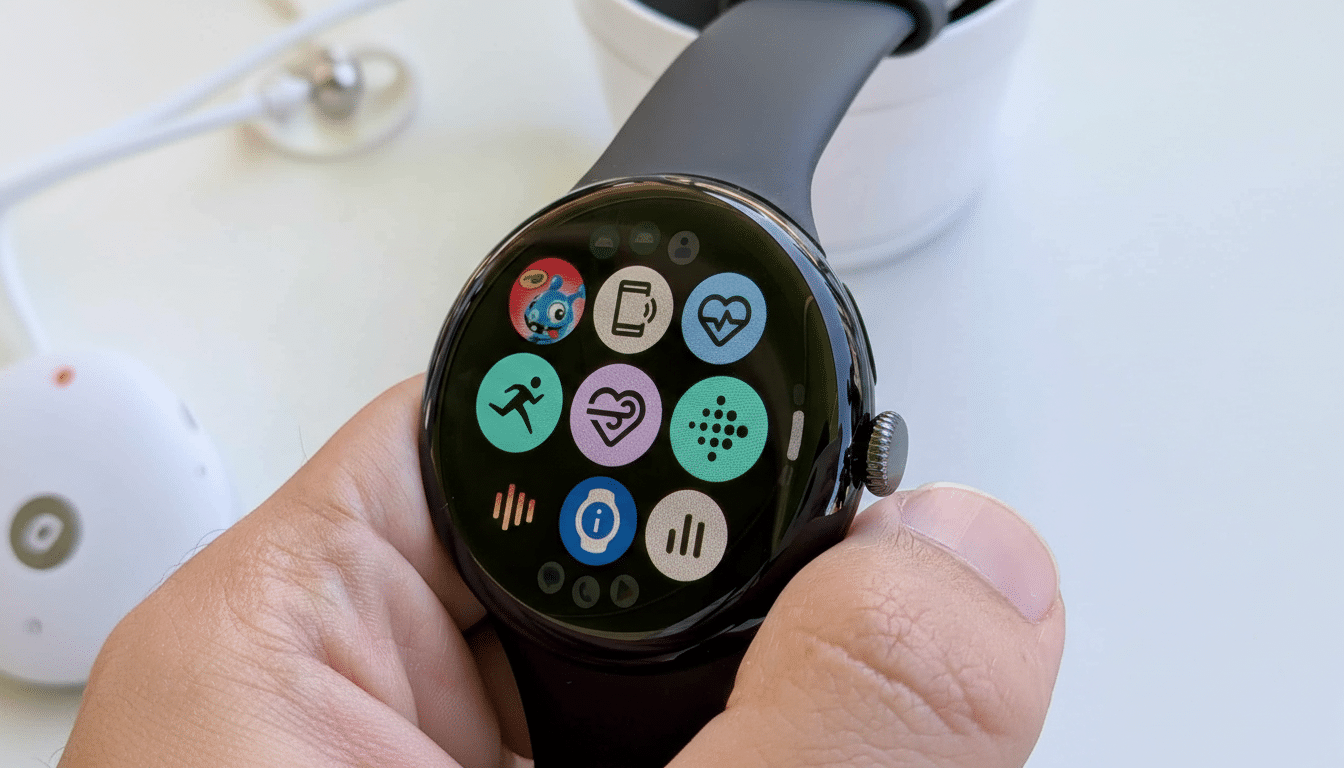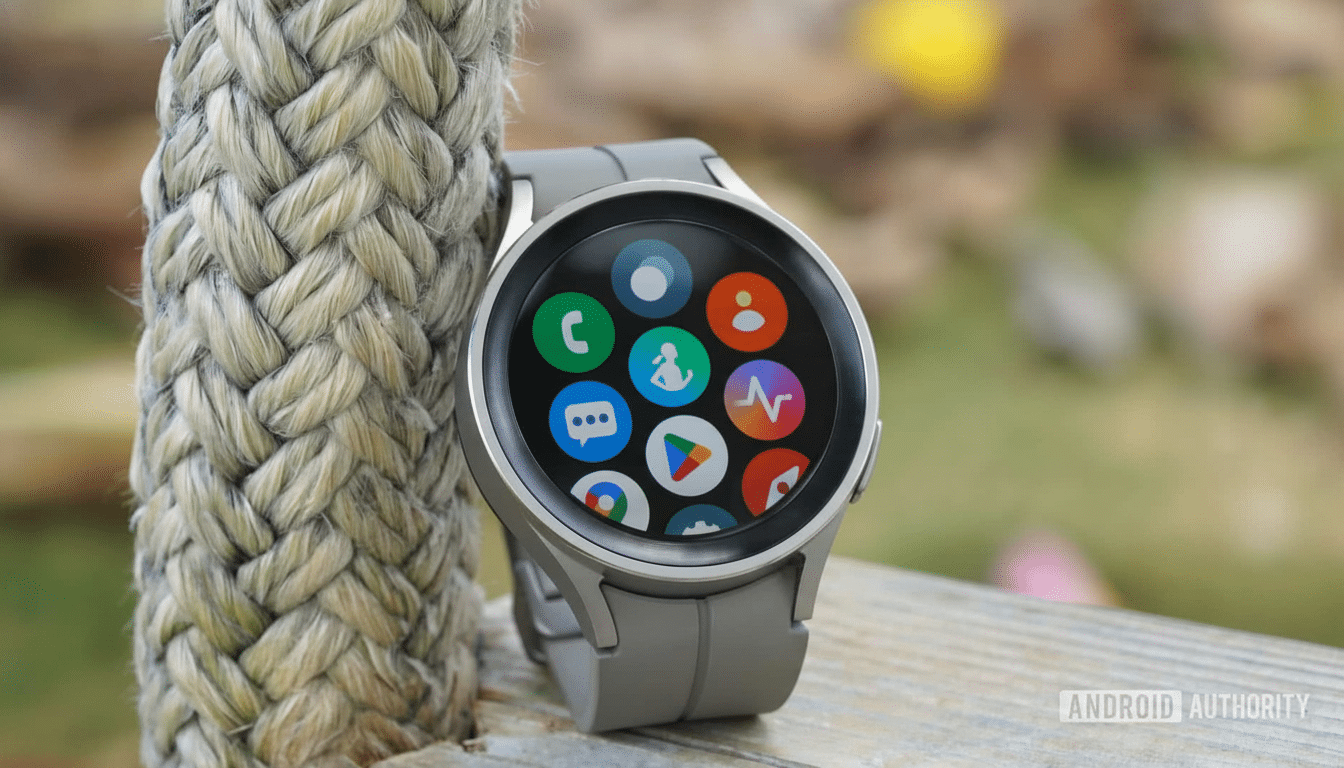I’ve worn Google’s watches since the first Pixel Watch, and for years I envied the polish of Apple Watch. That changed with the latest Wear OS update. The interface finally feels cohesive, animations are fluid instead of fussy, and battery endurance no longer makes me hover near a charger. Here’s what actually got better, and how to get the update on your wrist.
Why this Wear OS update changes the story
The headline improvement is responsiveness. Swipes and taps register instantly, transitions between tiles are smooth, and haptics feel tighter and more deliberate. The design language now aligns with modern Android, so everything from quick settings to app cards looks cleaner and more readable at a glance.

The other big win is battery life. Google’s developer documentation cites power savings for fitness-heavy use cases compared with the prior release, and that tracks with my testing. On a Pixel Watch, a 45‑minute GPS run plus the rest of a normal day left me with double-digit battery to spare—previously, I’d be in low-power mode by evening.
This isn’t happening in a vacuum. Google has said Wear OS usage has multiplied severalfold since 2021, and major partners are building for it. That momentum matters: more active users mean more developer attention, more optimized apps, and a healthier ecosystem that can finally stand toe-to-toe with Apple Watch for everyday tasks.
What actually feels better in day-to-day use
- Notifications are easier to deal with on the move. Large, glanceable text and smart actions let you reply, archive, or snooze without fishing for your phone. Voice dictation is quicker and more precise, and the on‑watch keyboard never feels like a last resort.
- Tiles are more practical. The weather, calendar, timers, and fitness widgets update reliably, while third‑party tiles load with less delay. Watch Face Format improvements also help: complications pull live data quickly, so you can add useful info without destroying your battery.
- Fitness tracking receives a practical improvement. Health Services—the system layer that many workout apps rely on—has been adjusted for better power management and sensor timing. In my tests, GPS lock was faster, and heart rate tracking settled down faster, which seems to mean fewer spiky charts and more trustworthy averages.
- Core Google apps across the board are tighter. Maps navigation seems smoother, Wallet stays loaded with passes, and Assistant feels faster when you ask for things on‑device. None of this is spectacular, but the watch stays out of your way.
Compatible watches and the rollout reality explained
Eligibility is determined by your brand and model. Recent Google and Samsung watches get first dibs, with newer models getting the upgrade before older ones. Some models have always received full OS upgrades, with others getting feature changes via the Play Store. Due to manufacturer and carrier variance, rollouts vary by area. You may receive an upgrade sooner or later than your friends.
If you’re on a modern Pixel Watch or a recent Galaxy Watch, you’re in the priority group. Legacy Wear OS devices—especially those from a few years back produced by a fashion brand—may remain on the current version. In case of doubt, please visit your manufacturer’s support page for confirmed compatibility and timing.

How to get the Wear OS update on your watch
On Pixel Watch
Open Settings on the watch, go to System, then System Updates and follow the prompts. Ensure the watch has at least 50% battery, is on the charger, and is connected to Wi‑Fi. You may also open the companion app on your phone and check for updates under Watch settings.
On Samsung Galaxy Watch
Open the Galaxy Wearable app on your phone, tap Watch settings, then Watch software update. Place the watch on its charger, connect to Wi‑Fi, and initiate the download. Samsung maintains staggered releases, so try again later if you don’t see it immediately.
Update apps after the OS upgrade
After the operating system update is done, open the Play Store on your watch, tap your profile icon, and pick Manage apps > Update all. This action downloads refreshed versions of Google apps, Health Services, and other third‑party apps that have new Wear OS builds customized for the OS update.
Pro tips for a smoother upgrade and setup
- Back up your watch settings and review your watch face. Complication‑heavy faces pull more power; pick a simpler face for a day after the update to let the system settle before adding more complications.
- Reboot once after updating all apps. If you still notice sluggishness, clear cached data for any misbehaving app or temporarily switch watch faces—it often shakes out old assets.
- If battery life seems off after day one, give it two full charge cycles. Background re‑indexing, in particular, can take a few hours.
- Enable location and LTE only as needed; the new release is more efficient, but radios still dominate power use during long workouts.
The bottom line: Wear OS finally feels complete
For the first time, I don’t feel a twinge of Apple Watch FOMO when I raise my wrist. The latest Wear OS update finally brings the fluidity, endurance, and consistency Android fans have wanted. If your watch is eligible, make time to install it—you’ll feel the difference within the first day.

